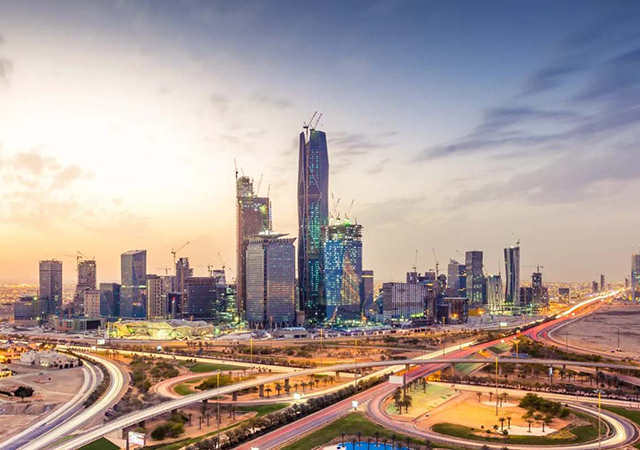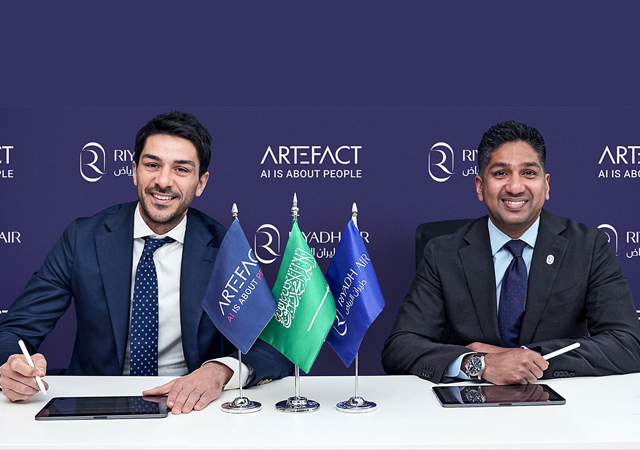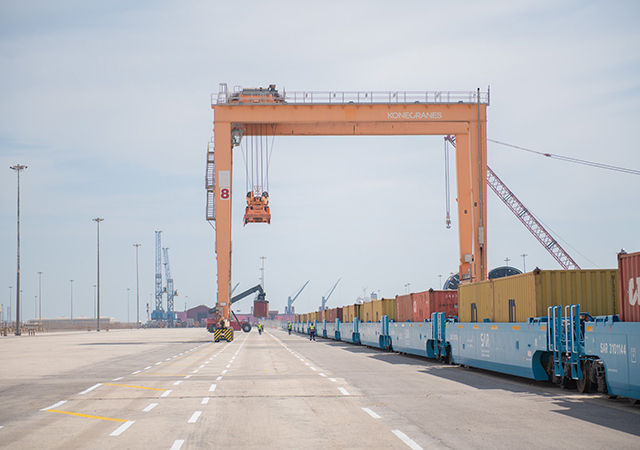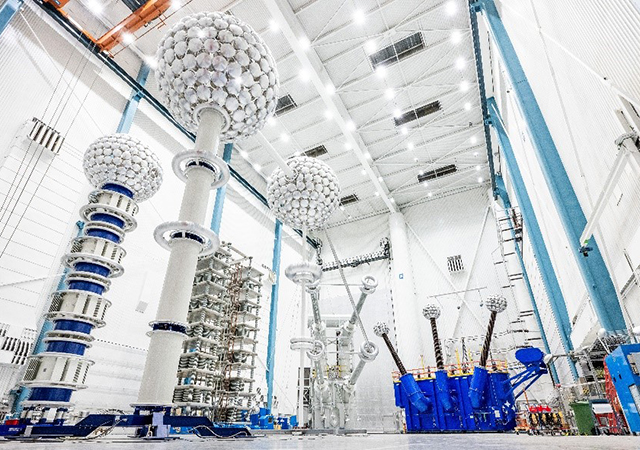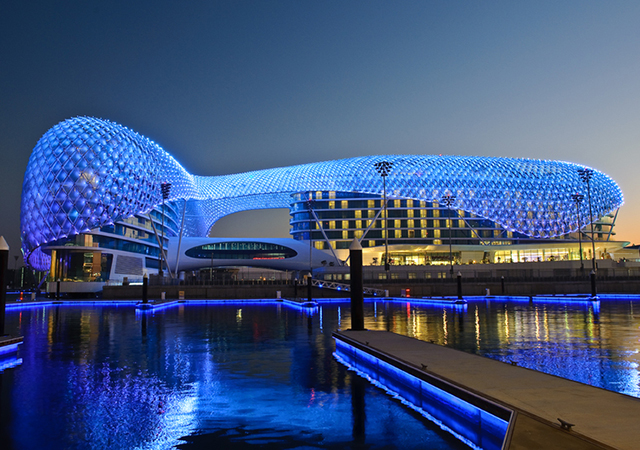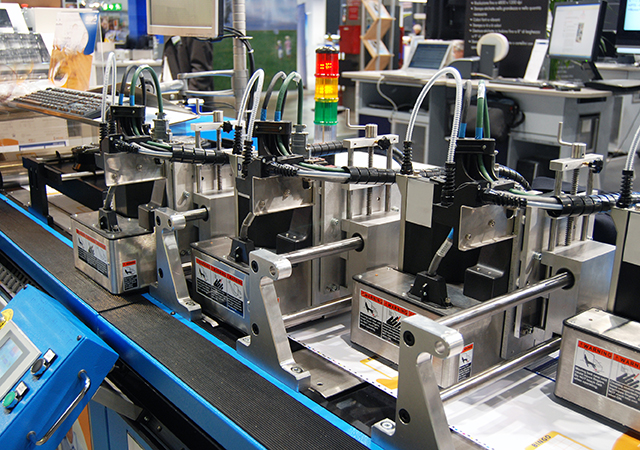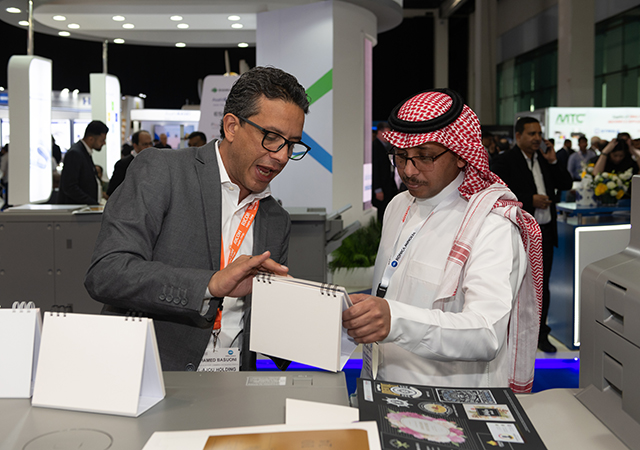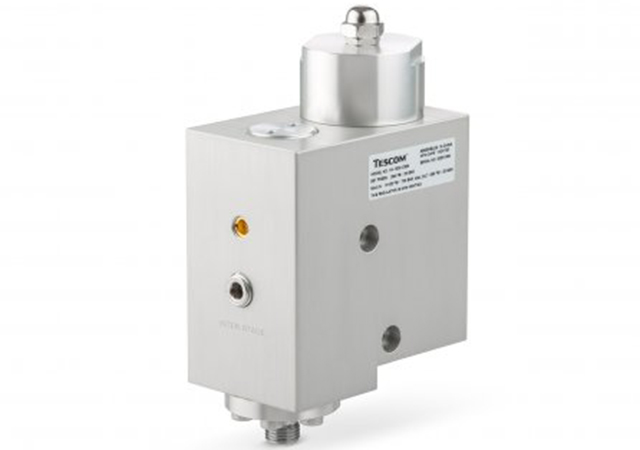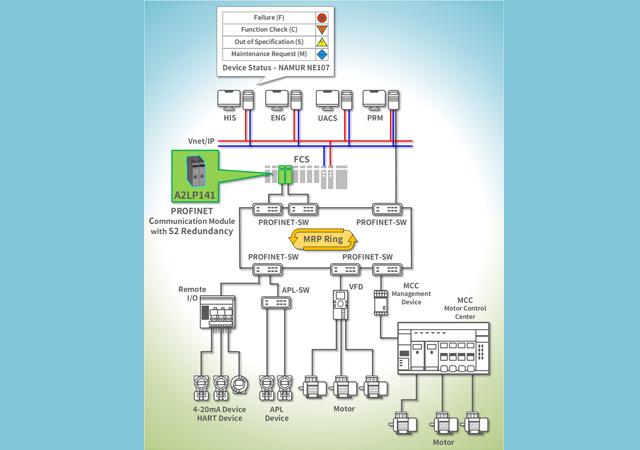

The Suez Canal, which is to have its draught lowered to 62 feet as part of a campaign to attract more large ships, earned revenues amounting to $2 billion in 2000, up six per cent over 1999.
Revenues for the first quarter of 2001 reached $470.3 million, up $12.1 million compared with the same period in the previous year, according to figures released by the Egyptian government. Some 3,474 ships transporting 112.8 million tonnes of cargo passed through the Canal in the first three months of this year. The Canal, which is one of Egypt's main sources of hard currency along with expatriate remittances, tourism and oil, was opened in 1879.
Figures released for April 2001 showed that receipts fell to $159 million from $162.2 million in March and $162.1 million in April last year.
In 2000, more than 14,000 bulk carriers, oil and gas tankers, warships and passenger liners crossed the canal, but that was not as good as in 1996 before the Asian crisis sent world trade into a lengthy slump. The Suez Canal Authority charges different rates based on tonnage shipped. As many as 80 ships can use the canal every day, but on average only half that number uses the waterway, which amounts to six per cent of total sea-borne trade. The waterway can accommodate the largest ships in the world as long as they are not fully laden. Pipelines carrying oil from the south to the north could undermine the Canal's usefulness. "It (the Suez Canal Authority) is in the slightly unhappy position of having a canal that is too big for world demand," Chris Horrocks at the London-based International Chamber of Shipping (ICS), which represents ship owners, was quoted by Britain's Financial Times recently as saying. Horrocks said the Canal was a victim of world trade patterns and that accidents and waiting times into it were not an issue as far as the ICS and its members were concerned. The FT also quoted Ahmed Aly Fadel, chairman of the Suez Canal Authority, as saying that he had asked an industry grouping of liner-owners to come back to him with proposals as to how the fees or their structure could be changed but that a year on there were no replies forthcoming.
The lowering of the draught to 62 ft is a $400 million project and is the latest of several improvements since nationalisation of the canal in 1952, including the digging of bypass canals. The deepened canal will be able to take in 350,000 -tonne tankers. Currently, laden tankers that are too big for the canal use the Sumed pipeline built after Israel's occupation of the Sinai in 1967. The tankers heading north unload oil at the Ain Sukhna terminal on the Red Sea, then cross the canal and have the oil reshipped at Sidi Krir in the Mediterranean, near Alexandria.
The Canal could be deepened even more, down to 72 ft, in another project within the next decade
Meanwhile, Egypt has no plans to privatise the Suez Canal and is working on improving the waterway's facilities, the president of the Suez Canal Authority has said. The authority is working on increasing the canal's depth from 58ft to 62ft in the coming weeks to allow ships carrying more than 200,000 tonnes to pass through it, Ahmed Fadel said.

